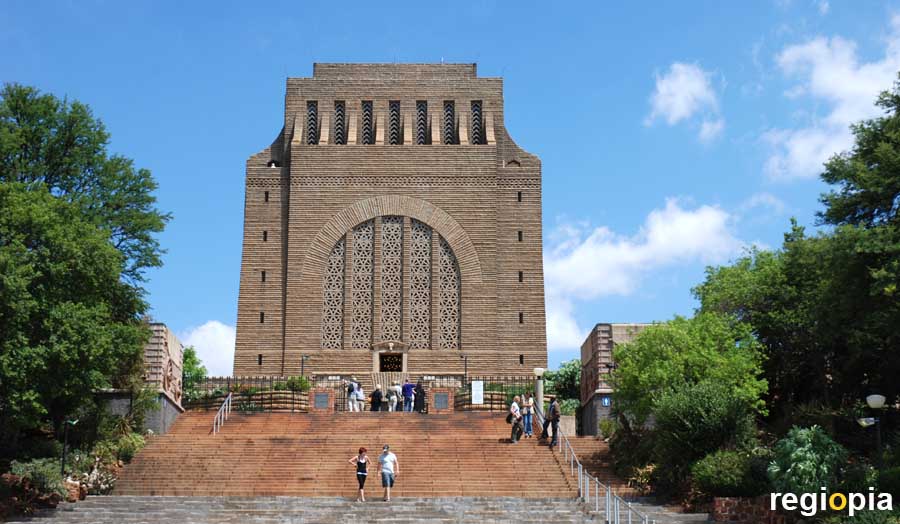
Voortrekker Monument
The Voortrekker Monument was created 100 years after the Battle of the Blood River. The Boers had left the Cape region inland so as not to have to submit to the British who had annexed Cape Town in 1814. They introduced British law and the English language. The Boers moved north with covered wagons to create a new home on open land. They moved through the area of various African tribes that attacked the settlers.
The biggest force was the Zulus, which had around 15,000 warriors. The Boers sent Pieter Retief to negotiate with the Zulu King Dingane. As Retief was murdered by the Zulus, Andries Pretorius moved to the Zulu capital uMgungundlovu with around 1,000 fighters in 1838. Pretorius built a wagon castle and provoked the Zulus until they attacked. Several thousand Zulu warriors were killed. The battle took place about 350 kilometers southeast of Pretoria, on the river that was named Bloedrivier after the battle. The area now belongs to the province of KwaZulu-Natal.
After the Battle of the Blood River, the Boers were able to settle in northern South Africa. The city of Pretoria was founded in 1855 and was named after Andries Pretorius.
Construction of the Voortrekker Monument started in 1938. The expressionist structure was designed by architect Gerard Moerdijk. The monument is 41 m high and stands on a hill about 4 kilometers from the city center, in the direction of Johannesburg. The huge interior is empty, through a round opening in the floor you can see the cenotaph, on which the sun shines on the anniversary of the battle (on December 16). There is an all-round relief on the walls that depicts the story of the battle. In the cenotaph hall you can see battle paintings of brave defending Boers.
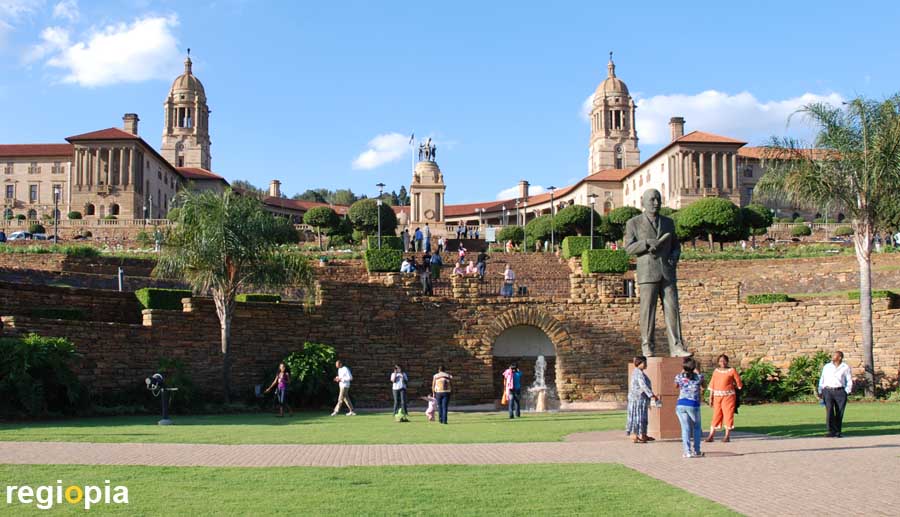
Union Buildings
From 1860 Pretoria was the capital of the South African Republic, a free state of Dutch Boers. After the Second Boer War (1899-1902), which the British won, Pretoria became the capital of the newly founded South African Union. The British and Dutch territories were united in this new state. The Union Buildings were built in 1913 according to the plans of the English architect Sir Herbert Baker. The seat of government of South Africa is located here, the parliament is in Cape Town. The approximately 275 m long building consists of two buildings that are connected by a semicircular arcade hall. Two towers at the transition to the arcade hall symbolize the two united parts of the country from British colonies and Dutch Boer republics. The black population was not taken into account. The Union Buildings stand on the hill Meintjieskop, in the east of the city center. The Union Buildings are the most famous attraction in Pretoria / Tshwane.
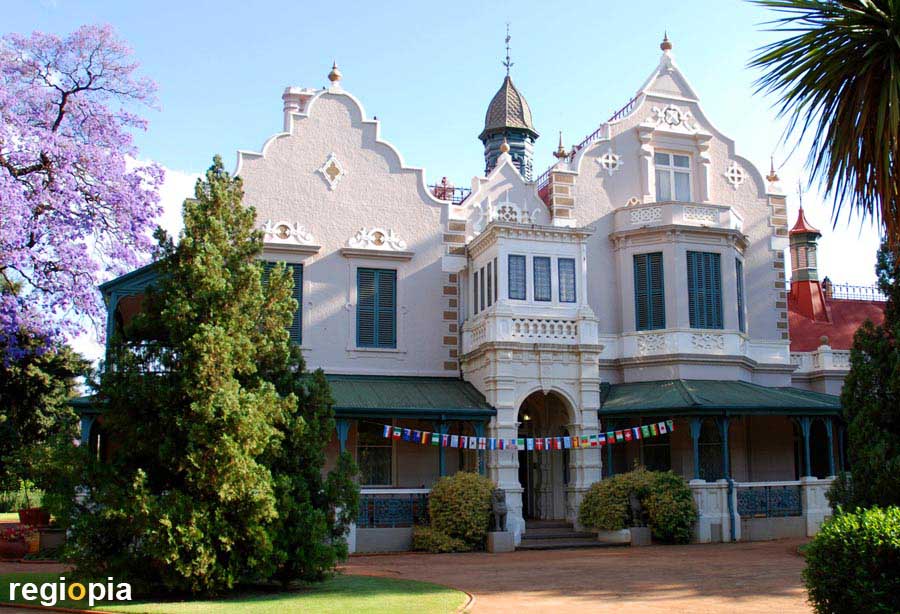
Melrose House
Melrose House is a historically significant place for South Africa. It was built in 1886 by a wealthy entrepreneur at the south end of Burgers Park. The British conquered Pretoria in the Second Boer War in 1900 and made Melrose House their headquarters. In 1902 the peace treaty between the British and Boers was signed here. Today the Melrose House is a museum where you can see old furniture and the negotiating table.
275 Jeff Masemola Street, Pretoria
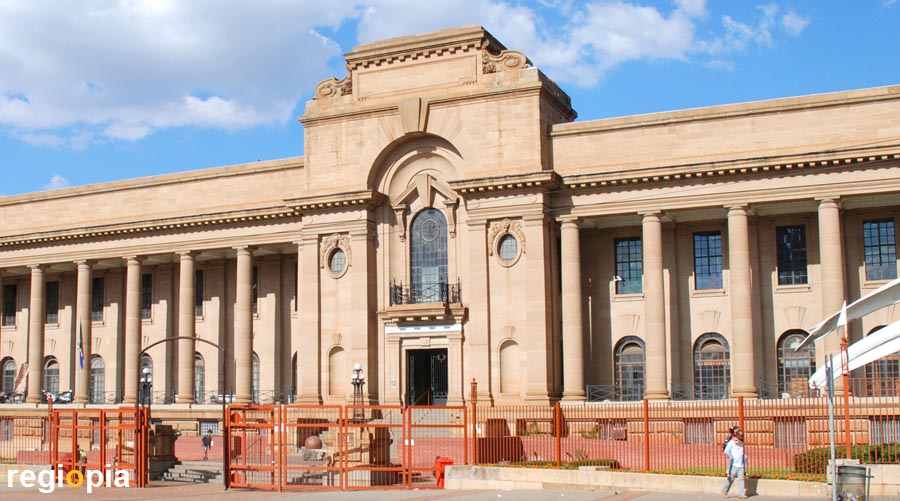
National Museum of Natural History
The Ditsong National Museum of Natural History in Pretoria / Tshwane has existed since 1892. It was founded as the State Museum of the South African Republic, which was also called Transvaal. Therefore, the museum is also known as the Transvaal Museum. You can see the local wildlife and all kinds of South African fossils here. The National Museum of Natural History is a huge building with a whale skeleton in front of it and a dinosaur skeleton. The museum is in the same place as the Tshwane City Hall.
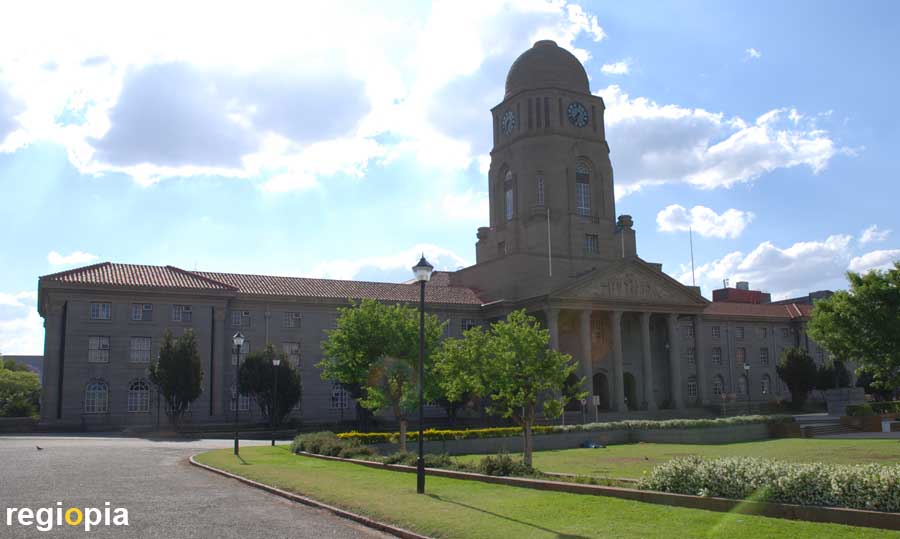
City Hall of Tshwane
The Tshwane City Hall was completed in 1935. The building was designed by architect McIntosh in 1926. The classicist building refers to Athens as the cradle of democracy. A 47 m high town hall tower with a domed roof rises above the main portal in the form of a temple. The two side wings are rather simple. In front of the town hall is Pretorius Square with an equestrian statue by Andries Pretorius. There is also a statue of Chief Tshwane in front of the City Hall. His name is the new name of Pretoria since 2005. But it is very dificult to rename a famous city, like the artist formerly known as Prince shows.
ads
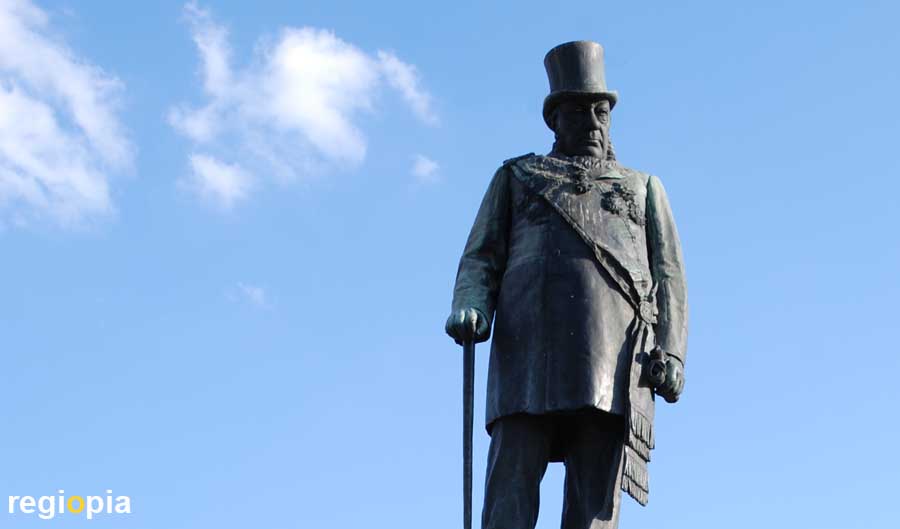
Paul Kruger
The statue of Paul Kruger stands on Church Square in the middle of Pretoria (Tshwane). The German-born Stephanus Johannes Paulus Kruger (1825-1904) was a troop commander of the South African Republic, which was also called the Boer Republic or Transvaal. Kruger fought successfully against the British conquests and even became the first President of the Boer Republic in 1882. When gold was found in Johannesburg, England mobilized its troops to capture the rich country. The British became too powerful around 1900 and Paul Kruger traveled to Europe to find supporters for his struggle against England. Even Germany rejected a war against the British Empire, although it had great sympathies for an independent South Africa. The British won the Second Boer War in 1902 and Paul Kruger remained in his Swiss exile, where he died two years later. He was buried in Pretoria in 1904 on December 16, the day of the Blood River Victory.
Paul Kruger was the first president of South Africa, but he was president of the white Dutch population. Native Afrikans and Indians were serving races that were exploited and oppressed by his rule. For this reason, many Black Africans are demanding that his monument should be removed.
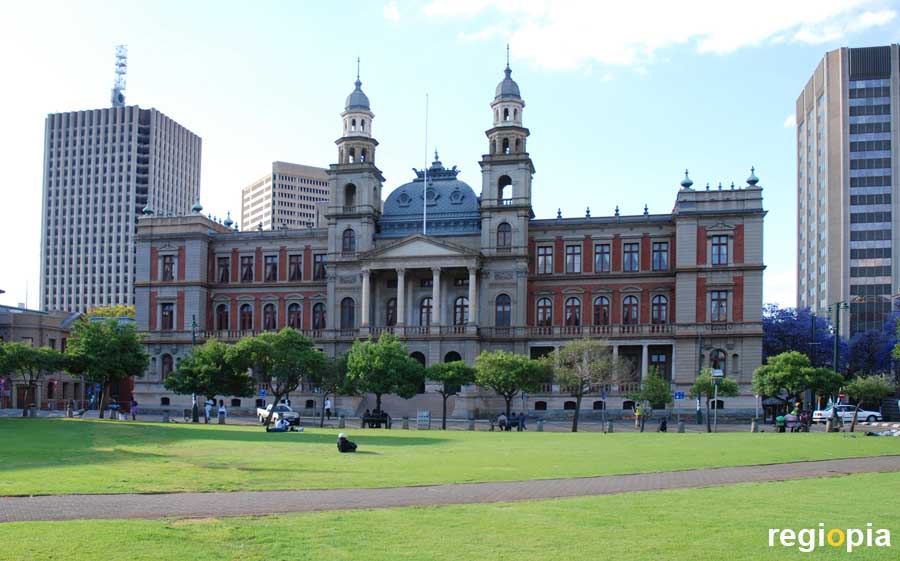
Palace of Justice
The Palace of Justice of Pretoria (Tshwane) stands at Church Square, the center of the city. The building was designed by the Dutch architect Sytze Wierda, who emigrated to South Africa. Construction began in the Zuid-Afrikaan Republic in 1897, but the Palace of Justice was only completed in the South African Union after the Second Boer War. The trial of Nelson Mandela also took place in the remarkable courthouse. In this trial he was sentenced to a long prison term on Robben Island.
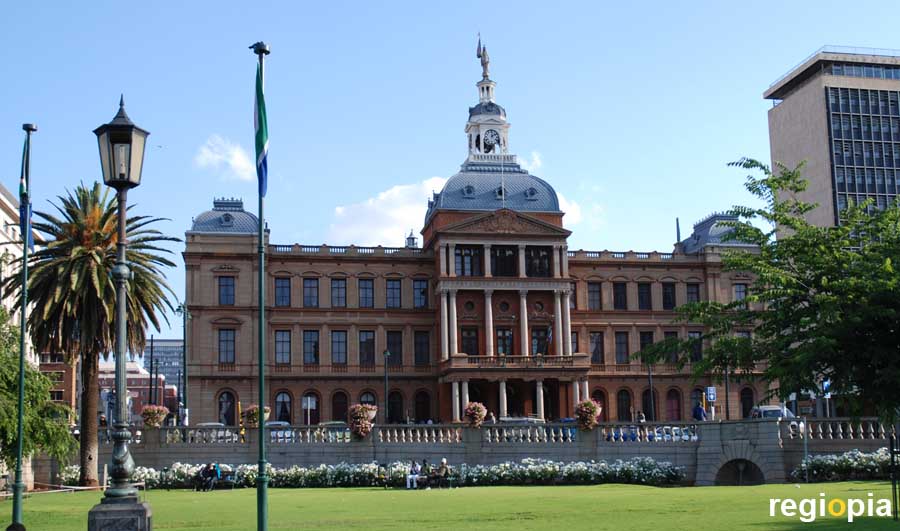
Ou Raadsaal
The Ou Raadsaal (Old Parliament) is another historic building at Church Square. It was built in 1890 as the parliament building of the Boer Republic of South Africa. The parliament was designed by architect Sytze Wierda, who also built the Palace of Justice opposite. On the roof of the parliament is a sculpture of Athena, a symbol of democracy. The Volksraad, the Dutch Boer Parliament, met in the Ou Raadsaal. After the British victory in 1902, the building was redesigned, which was reversed in 1962. Today the Parliament of South Africa is in the House of Parliament in Cape Town. The Ou Raadsaal is used by the Tshwane Metropolitan Area Council.
Tourist Map Pretoria
ads
Travel Guide Tshwane
Welcome to Johannesburg and Pretoria
The two cities of Johannesburg and Pretoria are only about 50 km apart. Johannesburg is the economic center of the country and Pretoria is the capital of South Africa. Johannesburg has about 1 million inhabitants, the neighboring Pretoria counts about 750,000 people. About 5 million people live in the region of Johannesburg and Pretoria.
ads
ads


